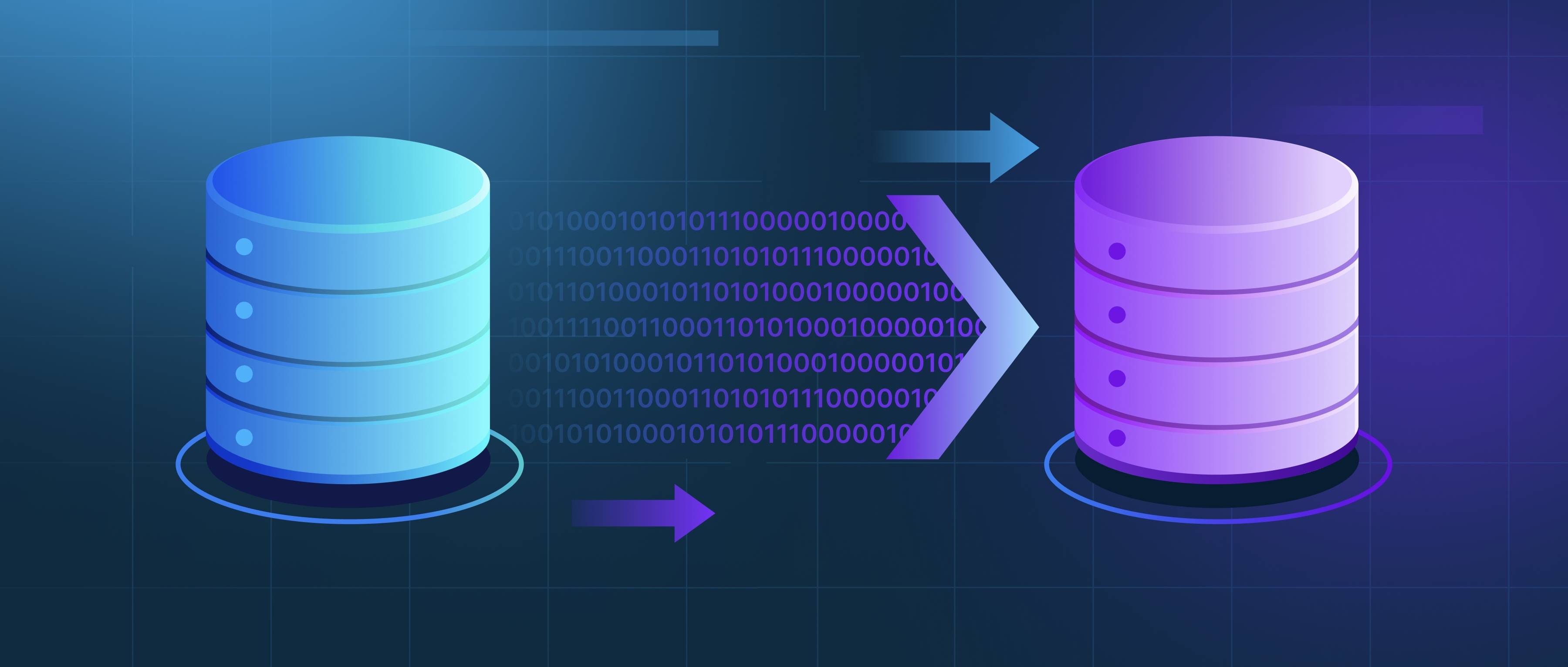MAS (Multi-Agent Systems) technologies integrate with IoT (Internet of Things) devices by using autonomous agents that can communicate, collaborate, and make decisions based on data gathered from these devices. In a typical setup, each IoT device can function as an agent, collecting data and performing tasks. These agents can operate independently or work together to achieve common objectives. For example, in a smart home, various devices like thermostats, security cameras, and lighting systems can interact through a MAS framework to optimize energy use and enhance security.
One of the key benefits of integrating MAS with IoT is enhanced scalability and flexibility. As new devices are added to the IoT ecosystem, the MAS can easily adapt without significant reconfiguration. Each agent can learn from its environment and communicate with others to share insights and recommendations. For instance, if a smart thermostat detects unusually high temperatures while a smart window receives weather updates, both can collaborate to adjust heating and cooling settings, thus improving energy efficiency. This kind of cooperation among devices exemplifies how MAS helps manage complex interactions in IoT environments.
Additionally, MAS technologies can improve fault tolerance and resilience in IoT systems. In cases where one device fails or becomes unresponsive, other agents can take over the responsibilities, ensuring that the system continues to operate effectively. This autonomous behavior is particularly useful in critical applications like healthcare monitoring, where continuous data collection and real-time responses are vital. For example, wearables that track patient vitals can communicate with a central agent that analyzes the data and takes necessary actions, like alerting medical personnel in case of an emergency. Through these integrations, MAS enhances the reliability and efficiency of IoT systems by providing a structured approach to managing multi-device interactions.
